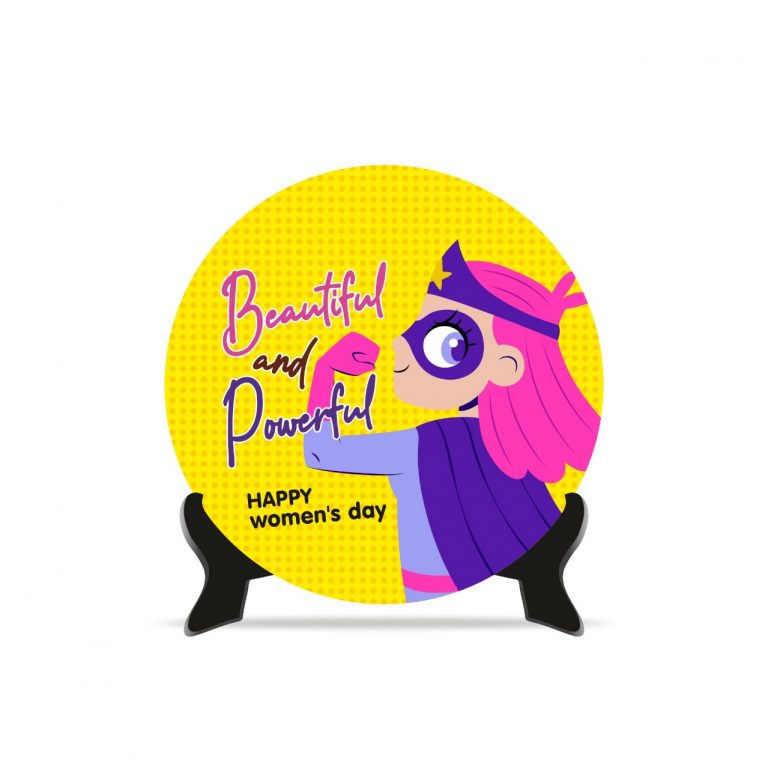Understanding the Shift
In today’s modern workplace, the boundaries between professional responsibilities and personal life are becoming increasingly blurred. As organizations embrace hybrid workplace trends and flexible work culture, the age-old debate resurfaces: Is work-life integration better than work-life balance? Traditionally, work-life balance aimed at maintaining clear separation between job duties and home life. In contrast, work-life integration acknowledges the blend of both, recognizing that personal and professional responsibilities often intermingle, especially with the rise of remote work.
This article explores how both concepts impact employee productivity, wellbeing, and the evolving organizational culture. By analyzing current data, ongoing workplace shifts, and employee needs, we aim to determine which model truly supports a healthier and more sustainable professional environment.
Defining Work-Life Balance and Work-Life Integration
Work-life balance refers to the ability of an individual to separate work from their personal life and allocate adequate time to both without one affecting the other. It emphasizes boundaries and time management. On the other hand, work-life integration involves blending work tasks with personal activities to create a seamless daily experience. This could mean taking work calls while preparing lunch or responding to emails after attending a child’s school event.
In a modern workplace, the rigid structure of work-life balance often doesn’t hold. With increasing demands and the prevalence of remote work challenges, employees seek more flexible arrangements. Here, work-life integration emerges as a viable alternative, offering a way to merge different facets of life without the stress of strict boundaries.
The Role of Flexible Work Culture
A flexible work culture supports work-life integration by enabling employees to design their schedules. This flexibility empowers individuals to work during their most productive hours, attend to personal responsibilities, and maintain control over their time. Such autonomy boosts employee productivity, as workers are more motivated when they can tailor their environment and routine to their needs.
However, this culture also demands trust from employers and a mature understanding of time management from employees. While it benefits self-starters and those with family obligations, it can lead to overworking and managing work stress if not monitored properly. The key lies in organizational culture that values results over hours logged.
Impact on Mental Health and Wellbeing
Whether an organization opts for work-life balance or work-life integration, the end goal remains the same: enhancing employee wellbeing. Mental health at work has become a central concern for employers, especially as remote work challenges continue to affect team dynamics and individual morale.
Work-life integration, if poorly implemented, may erode mental boundaries, leading to burnout. Constant availability can strain employees who feel pressured to “always be on.” Conversely, work-life balance can provide mental relief by setting clear times for rest. However, it may limit the flexibility some employees need, especially in a hybrid workplace setup.
Therefore, companies must approach integration with guidelines that safeguard mental health at work. For example, encouraging digital detox hours or no-meeting days can preserve energy and help in managing work stress effectively.
Productivity: The Integration Edge
In terms of employee productivity, work-life integration often takes the lead. Employees can structure their day based on energy levels and life commitments. For instance, someone might complete a work project early in the morning, run personal errands in the afternoon, and attend virtual meetings in the evening. This freedom enables a more personalized approach to getting work done.
Work-life balance, while offering scheduled breaks and recovery time, might not accommodate unexpected life events. In contrast, integration allows room for spontaneity without necessarily compromising professional performance. As the modern workplace evolves, such flexibility can enhance focus and reduce absenteeism.
Related Posts
Adapting to Hybrid Workplace Trends
Hybrid workplace trends have pushed the envelope further. Employees are no longer confined to physical offices, and workspaces now extend to homes, cafes, and co-working hubs. This dynamic demands a new model that accounts for both independence and accountability.
Work-life integration aligns more naturally with hybrid models, encouraging employees to shift seamlessly between contexts. While some still prefer the discipline of work-life balance, especially those who thrive on structure, many appreciate the autonomy that integration offers.
Organizations that promote work-life integration must also invest in tools and training to help staff manage transitions effectively. Providing mental health support, clear expectations, and communication tools can ensure the hybrid model succeeds without compromising employee wellbeing.
Challenges and Organizational Responsibility
Despite its advantages, work-life integration poses risks. Without clear guidelines, employees might struggle with boundaries, leading to stress and decreased satisfaction. Organizational culture plays a pivotal role in mitigating these risks.
Managers should lead by example, demonstrating healthy work habits and respecting downtime. Regular check-ins, anonymous surveys, and open communication channels help address remote work challenges and create a supportive environment.
Companies should also educate their teams on managing work stress and maintaining mental health at work. When done right, integration can build loyalty, innovation, and a more engaged workforce.
Finding the Right Fit
In conclusion, the debate isn’t about whether work-life integration is universally better than work-life balance, but about choosing the model that fits your organization’s values and employee needs. The modern workplace thrives on flexibility, and a one-size-fits-all approach doesn’t apply.
Both work-life integration and work-life balance offer pathways to employee productivity and wellbeing. The key lies in understanding your team, leveraging hybrid workplace trends, and shaping an organizational culture that supports diverse work styles. As we adapt to the future of work, success will favor those who prioritize flexibility, mental health, and sustainable performance over rigid structures.
Disclaimer: The views, data and case studies we publish on our website are purely based on publicly accessible information and organizational disclosures. Amazing Workplaces® does not take a position on any legal or regulatory matters concerning any information available on our website.









